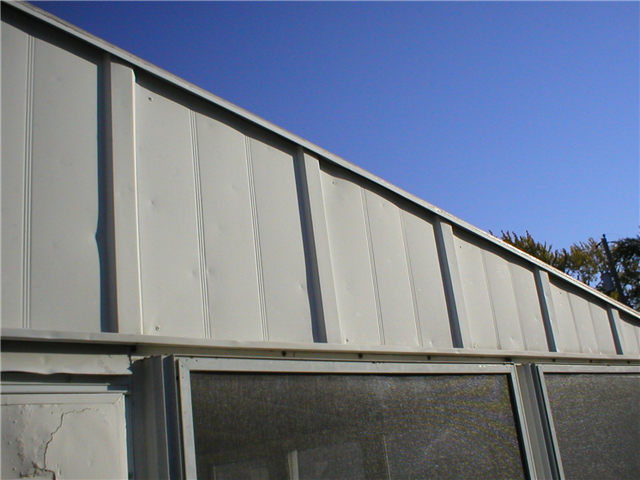When a water leak occurs in your roof, the signs are usually evident—discoloration, bulging, or a collapsing ceiling. However, siding leaks are often more insidious, remaining undetected until significant damage has occurred to your walls, floors, insulation, and even your home’s structural integrity. Moisture can infiltrate your walls, slowly degrading materials and promoting mold growth without being noticeable from inside your home.
In this post from The Construction Group in Minnesota, we’ll highlight key signs of water-damaged siding and provide solutions to help you address these issues.
Understanding Water-Damaged Siding
A common misconception among homeowners is that waterproof vinyl siding makes a home immune to water damage. While vinyl siding is highly durable, it can still sustain damage, allowing water to become trapped behind it and causing problems within your walls.
Common causes of water-damaged siding include:
- Ice dams
- Poorly sealed windows and doors
- Clogged gutters
- Aging siding
- Loose siding joints due to improper installation
Once water penetrates your siding, it can get trapped, leading to mold growth, insulation degradation, interior wall damage, foundation issues, and wood rot.
Signs Your Siding Has Water Damage
Watch for these common signs of water damage on your siding, as highlighted by our experts:
- Loose or Misaligned Siding Boards
- Severe storms can loosen or misplace siding boards. Multiple damaged, loose, or missing boards can indicate water damage. Moisture weakens the siding, making it more vulnerable.
- Mildew and Mold
- Mildew and mold on the siding panels signal water damage. Shaded and damp exterior areas are particularly susceptible.
- Dry Rot
- Dry rot, evidenced by dark orange or rust-colored stains, indicates severe water damage and can compromise your home’s foundation. Contact a contractor immediately if you notice signs of dry rot.
- Increased Energy Bills
- Soaked siding boards can cause higher energy bills. Consult a contractor to find the source and address the issue.
- Warped or Bulging Siding
- Warped or bulging siding suggests water infiltration beneath the paint. The more warped the boards, the more susceptible they are to water damage.
- Fading Color and Brilliance
- Fading boards indicate that your siding may be at the end of its lifespan and losing its waterproofing properties. Consider replacing deteriorating siding to avoid future water damage.
Prevent Future Siding Leaks
If you identify a siding leak, immediately contact a professional exterior remodeling service to repair the damage. Your contractor should also check for mold, as spores can grow after the leak is fixed.
To prevent future water damage:
- Prioritize regular siding inspections and check door and window flashing.
- Ensure gutters are functioning properly, directing water away from your home.
- Keep gutters clean or install gutter guards to prevent clogs.
Get Your Water-Damaged Siding Repaired
Don’t let water damage worsen over time. Call The Construction Group at 651-731-5857 or schedule your siding and gutter inspection online today.
PHONE: 651-731-5857

